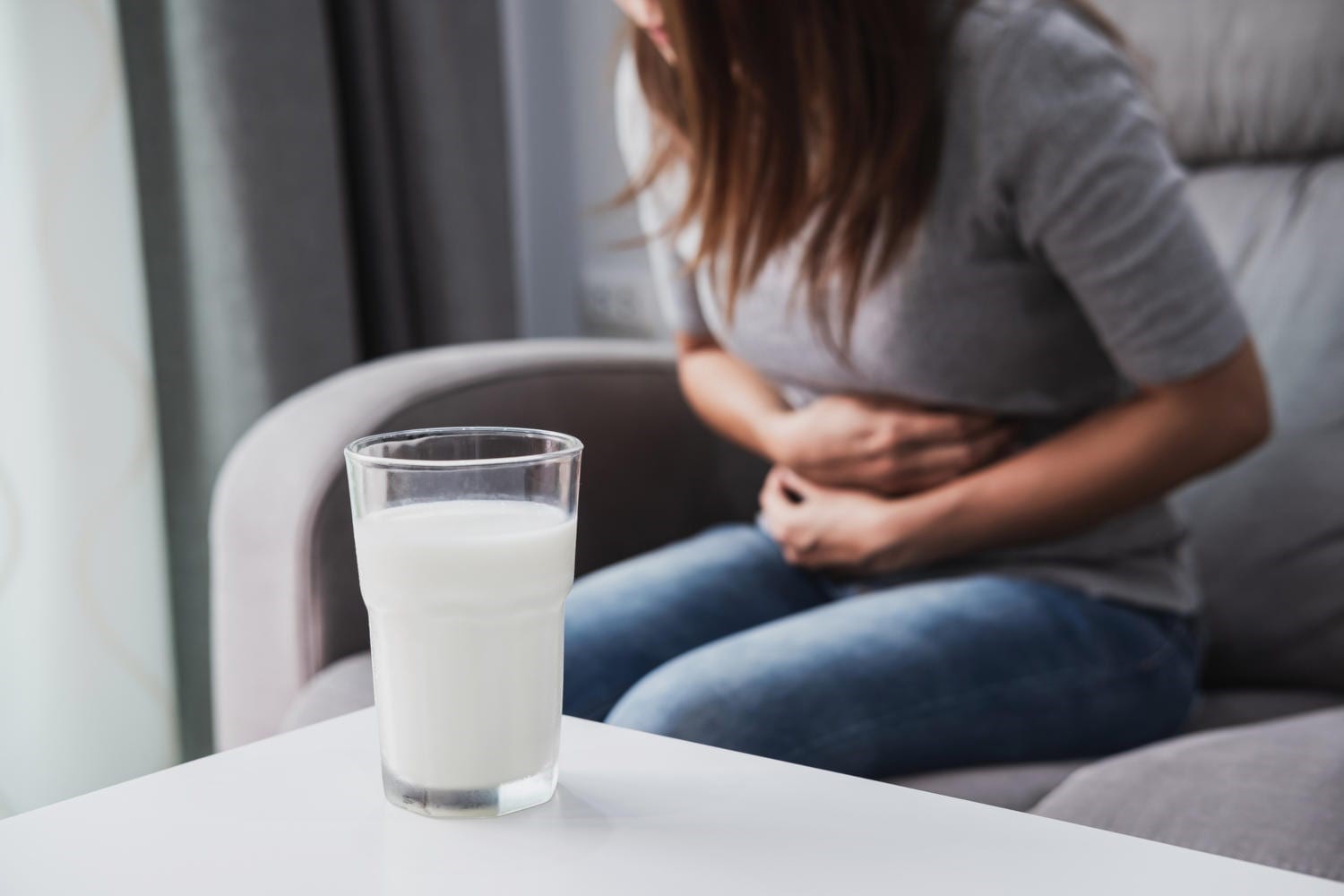
Galactosemia: causes, symptoms and treatment
Galactosemia is a rare hereditary disease that causes cirrhosis in children, but not only. What is even more serious is that galactosemia can have devastating effects if it is not diagnosed in time
Causes of galactosemia
The disease is caused by high levels of galactose (a type of sugar found in milk) in the blood, due to a deficiency in the liver enzyme necessary for its metabolism.
To contract the disease, the child must inherit the tendency from both parents.
The incidence of the disease is approximately 1 case per 20,000 newborns.
For each pregnancy in a family with both parents carrying the deficiency, there is a 1 in 4 chance of having a child with the deficiency.
Signs and symptoms of galactosemia
Galactosemia usually occurs in the first few days of life, following the ingestion of breast milk or powdered milk.
Vomiting, enlarged liver and jaundice are often the first signs of galactosaemia, but others can also occur, such as bacterial infections (some severe), irritability, poor growth and diarrhoea.
If not immediately recognised and diagnosed during the neonatal period, galactosemia can lead to liver, eye, brain and kidney damage.
Diagnosis of galactosemia
Diagnosis is made through laboratory tests: the disease is detected by measuring enzyme levels in red blood cells, white blood cells or the liver.
Patients with galactosemia show no enzyme activity, while carriers (the parents) show half the enzyme activity.
Galactose is secreted in large quantities in the urine in infants affected by this disease, but if the child vomits and/or does not drink milk, the test may also be negative.
Treatment of galactosemia
The treatment of galactosemia is mainly based on the elimination of galactose from the diet, carried out during the neonatal phase, by abolishing breast milk and powdered milk and prescribing lactose-free or galactose-free food as a replacement.
The diet should be continued for years, in some cases for life; enzyme levels in red blood cells prove to be the most effective way to monitor dietary adherence and galactose restriction.
It is also recommended that mothers of children with galactosemia follow a lactose- and galactose-free diet during subsequent pregnancies to improve symptoms at the birth of their next child.
With early treatment, any liver damage caused in the first days of life will heal almost completely.
Read Also:
Emergency Live Even More…Live: Download The New Free App Of Your Newspaper For IOS And Android
Lactose Intolerance: Symptoms And Remedies
How IBS Is Treated: Diet And Treatment Of Irritable Bowel Syndrome
Pinworms Infestation: How To Treat A Paediatric Patient With Enterobiasis (Oxyuriasis)
Intestinal Infections: How Is Dientamoeba Fragilis Infection Contracted?
Gastrointestinal Disorders Caused By NSAIDs: What They Are, What Problems They Cause
Intestinal Virus: What To Eat And How To Treat Gastroenteritis
Wales’ Bowel Surgery Death Rate ‘Higher Than Expected’
Irritable Bowel Syndrome (IBS): A Benign Condition To Keep Under Control
Colitis And Irritable Bowel Syndrome: What Is The Difference And How To Distinguish Between Them?
Irritable Bowel Syndrome: The Symptoms It Can Manifest Itself With
Experts Call For Changes To The Way IBS (Irritable Bowel Syndrome) Is Diagnosed
What Is Proctalgia Fugax? Symptoms, Causes And Treatment
Internal And External Haemorrhoids: Causes, Symptoms And Remedies
Haemorrhoids: The Newest Tests And Treatments To Treat Them
What Is The Difference Between Haemorrhoids And Fissures?
Blood In The Stool: What Causes It And What Diseases It May Be Associated With
A. Resistant Bacteria: The Important Discovery Of Australia
Infection With Carbapenem-Resistant Enterobacteria
Diarrhoea: What It Is, What Can Cause It And How To Intervene
Lactose Intolerance? The Breath Test Tells You So


